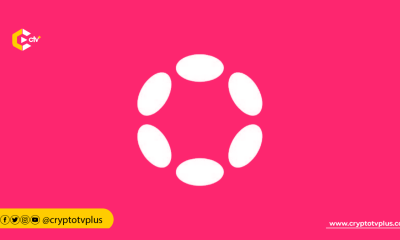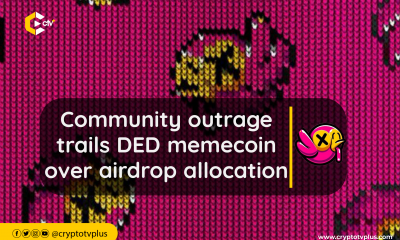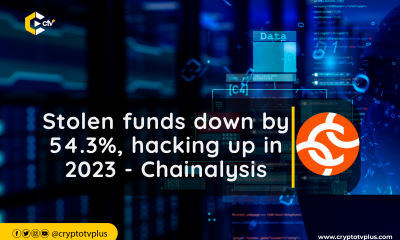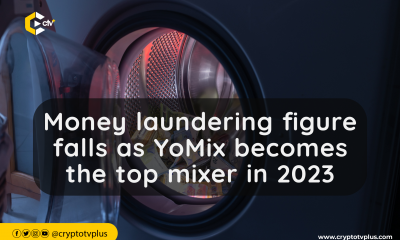FEATURED
Chainsafe co-founder discusses new multisig technology, Multix
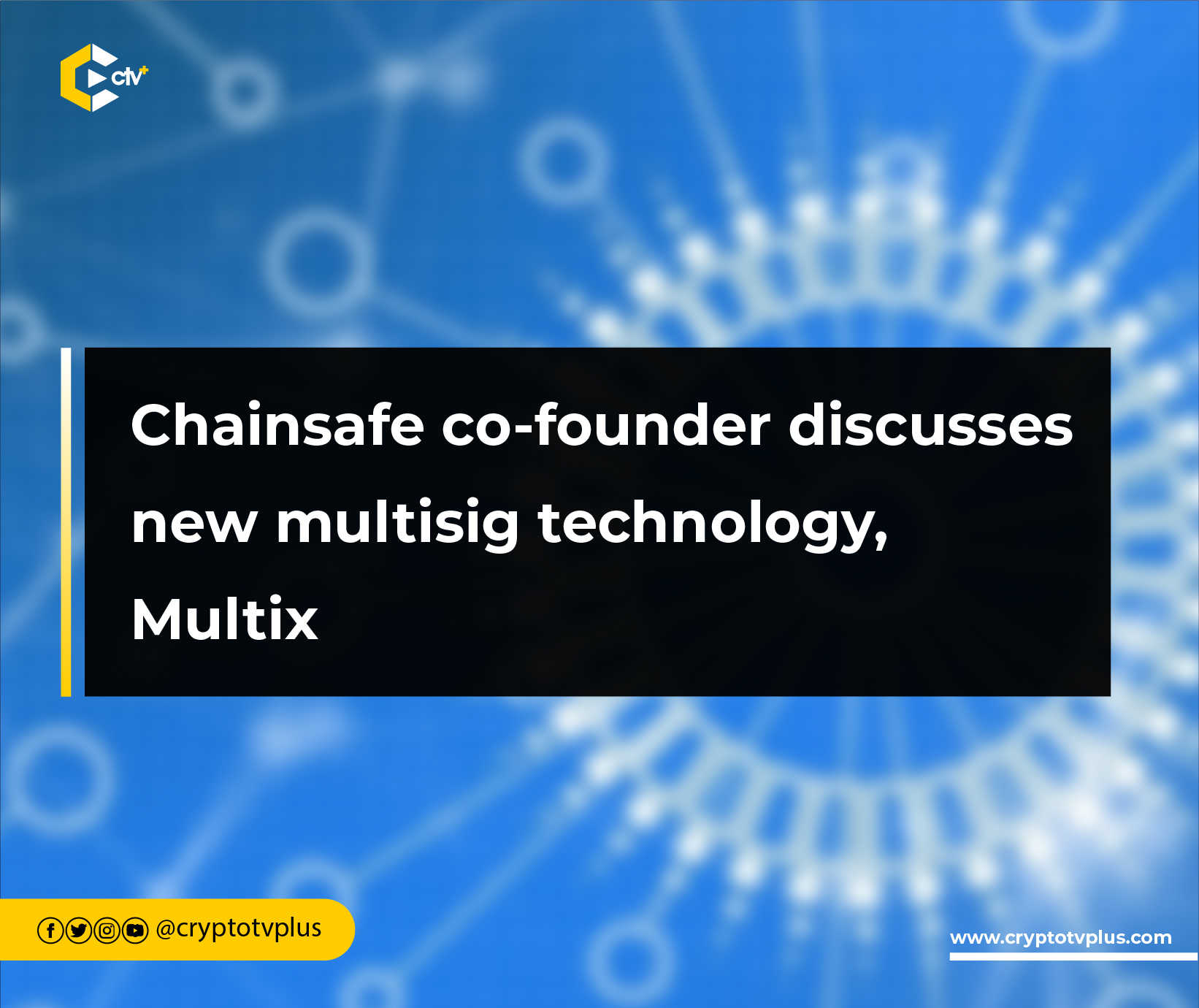
In a recent session at the Sub0 conference, Thibaut Sardan, a software developer and co-founder of Chainsafe and who is also building Multix, had an extensive talk on the evolution of Multisig and what the future can be with the Multix infrastructure.
Multisig, short for “multisignature,” is a security feature in the context of transactions, typically in the realm of cryptocurrency or blockchain technology
I wherein a transaction must have two or more valid signatures before it can be processed or executed.
Imagine a regular single-signature transaction as a door that opens when only one key is used. In contrast, a multisig transaction is like a door that requires two or more keys to be turned simultaneously to unlock and open.
This added layer of security provides several advantages to Web3 protocols such as enhanced security, reduced risk, trust and accountability, and escrow services.
Multix on Polkadot
Speaking about the new phase of Multisig development in Web3, the software developer said that it involves the introduction of a user-friendly interface called Multix, developed by Chainsafe.
This interface is designed to simplify the management of multi-signature (multisig) and proxy accounts.
The primary aim of Multix is to make the management of Web3 accounts as easy as possible. It achieves this by eliminating the need for complex logins or sign-up procedures.
Instead, users can seamlessly connect their browser extensions (presumably related to their Web3 accounts) and share their accounts with others without going through cumbersome authentication processes.
In essence, Multix aims to enhance the user experience by providing a hassle-free way to handle multisig and proxy accounts, making it more accessible and convenient for individuals using Web3 technology.
Milestones achieved
He also added that Multix has achieved several milestones since its launch. One notable achievement for Multix was the approval of a treasury proposal.
The community’s support for this proposal has paved the way for significant developments in the tool.
He noted that the next six months will witness substantial improvements and features addition. Multix has also made strides in connecting with other dApps seamlessly.
Using WalletConnect v2, users can connect any dApp to their multi-sig accounts.
This means users can stake, swap assets, or interact with dApps without the hassle of handling complex transactions manually. The process is streamlined and user-friendly.
The future with Chainsafe
During the session, Thibaut emphasized Chainsafe’s commitment to open source and data privacy. Multix operates as a blockchain data tracker, ensuring that no personal data is stored.
It has been open source from its inception, inviting user feedback and contributions.
Furthermore, Chainsafe is actively working on enhancing end-to-end testing for dApps that integrate Multix. This development will enable developers to perform real end-to-end tests without the need for extensive mocking.
It will streamline the testing process and ensure that dApps interact smoothly with Multix.
In response to a question from the audience about managing multi-sig accounts more efficiently, he explained that Multix allows for the easy addition or removal of accounts and signatories.
This flexibility is essential for users looking to customize their multi-sig setups.
Read also; Bader Youssef shows the ropes of becoming a Web3 Polkadot developer





